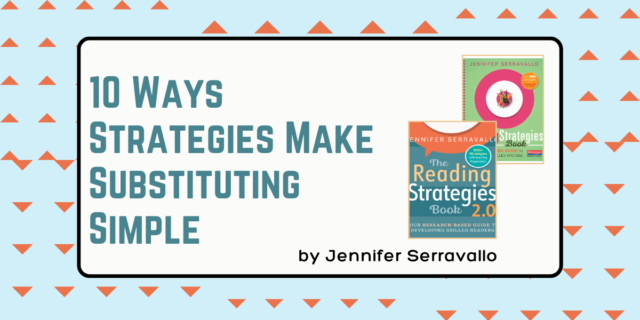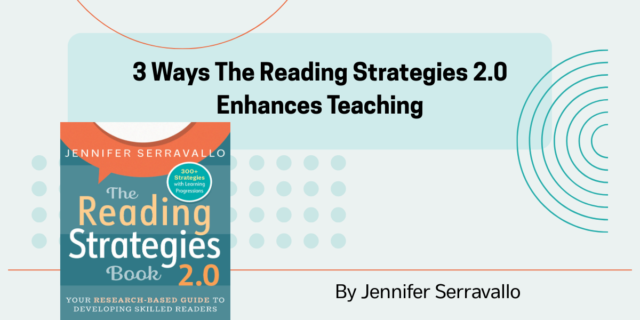
Many schools already rely on responsive instruction to help students make progress with language-comprehension skills. If you’re looking for ways to improve word-recognition instruction, it may be helpful to remember that responsive instruction can help there too. Differentiation can provide students with personalized strategies that support their growth in word-recognition just as it does with metacognitive skills.
Structures such as small groups and one-to-one conferring are still go-to teaching moves. Whether you’re talking about inferring or decoding, small groups still provide big benefits, including:
Many schools already rely on responsive instruction to help students make progress with language-comprehension skills. If you’re looking for ways to improve word-recognition instruction, it may be helpful to remember that responsive instruction can help there too. Differentiation can provide students with personalized strategies that support their growth in word-recognition just as it does with metacognitive skills.
Structures such as small groups and one-to-one conferring are still go-to teaching moves. Whether you’re talking about inferring or decoding, small groups still provide big benefits, including:
- Increased efficiency: teachers can have more individualized interactions with more readers each day
- Support for differentiation: groups bring together readers with a common need who can benefit from the same explicit lessons
Meanwhile, conferring is a five-minute powerhouse. One-to-one instruction is the ultimate opportunity to home in on a reader’s needs, which is, of course, why it’s frequently used in tier-3 intervention.
Both small groups and conferences can be used during independent reading time for optimal efficiency. For schools that have recently gotten books into kids’ hands, responsive instruction is the answer to, “Now what?” And beyond the regular classroom, the nuts-and-bolts of different types of conferences provide excellent models for teacher-student interactions during intervention.
When it comes to what you teach in small groups or one-to-one settings, strategies are important to keep in mind. Scarborough’s Rope is frequently cited as a model of reading, and it explicitly says that growth in language comprehension means increasingly strategic thinking while growth in word recognition relies on increasingly automatic thinking.* Automaticity comes with practice, and strategies can help readers approximate, practice, and master word-recognition skills.
The great thing about strategies is that they can be tailored to any student’s needs. As the old saying goes, teaching everyone with a one-size-fits-all approach helps a third of the class, leaves behind a third of the class who are struggling, and disengages the other third who already understand the lesson. By giving the other two-thirds of students differentiated strategies, schools can increase the value of their reading program and phonics curriculum by filling the gaps that some students may fall through.
As contemporary researchers have noted, teachers should not ignore word recognition. They should teach it and all reading processes with the goal of overall progress in mind. It all works together, and responsive instruction helps ensure that every student is getting the precise support they need to become stronger readers.
To learn more about resources that help fill curricular gaps, talk to your Heinemann representative or visit Hein.pub/Serravallo for examples.


